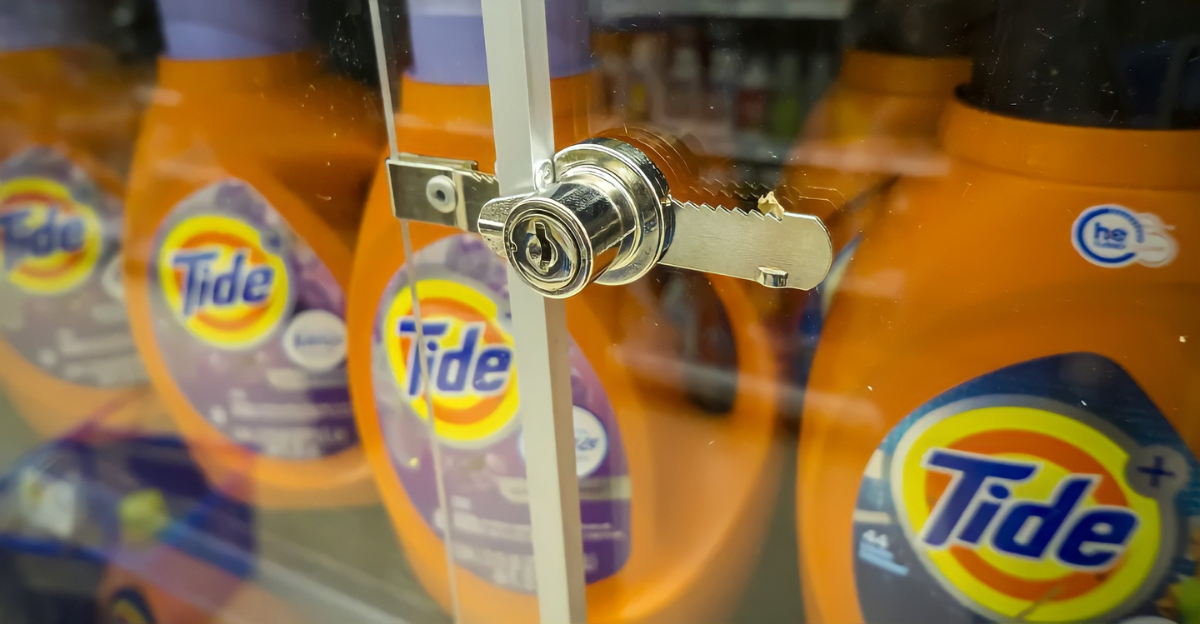
Quick errands at Walmart are no longer quick. Simple items like toothpaste or socks are now locked behind plexiglass, turning five-minute trips into frustrating waits. What began as a way to protect high-value electronics has quietly expanded to everyday products. Customers press buttons and wait for help, often feeling more like suspects than shoppers.
The goal was to fight theft, but the effect is backfiring. Long-time Walmart customers say the store is no longer convenient, and it’s starting to cost the company business. Let’s take a closer look at how this happened and why so many shoppers are speaking out.
Theft Is Up, and Retailers Are Locking Everything Down
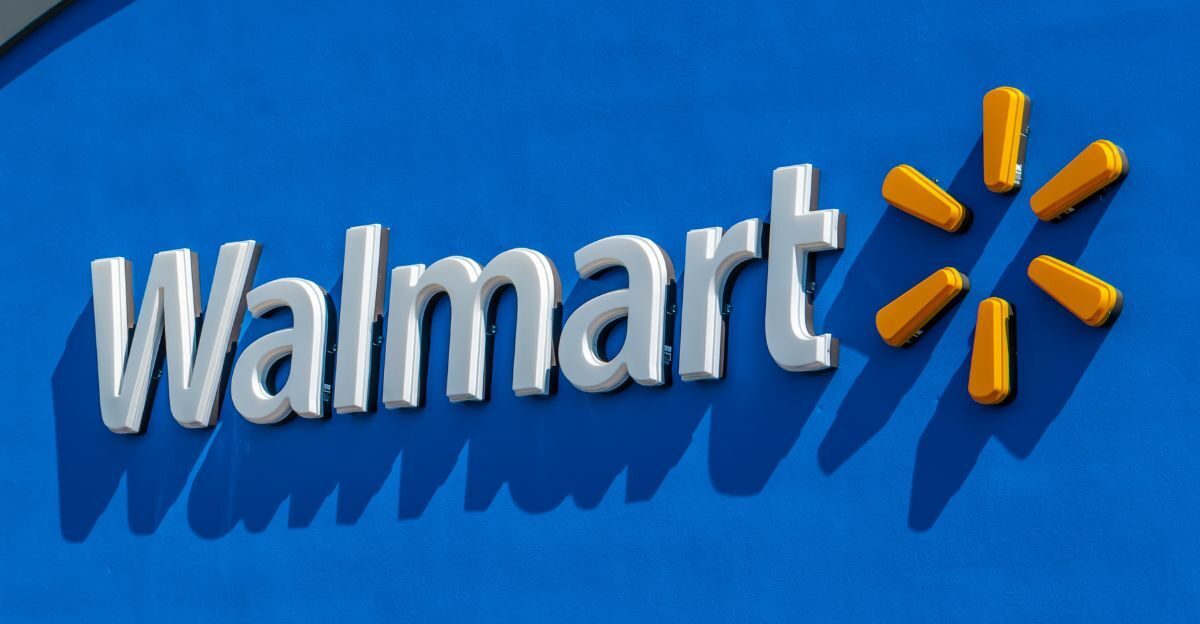
Retail theft in the U.S. led to an estimated $112.1 billion in losses in 2022, according to the National Retail Federation’s annual Retail Security Survey. Projections suggest these losses could rise to as much as $115 billion by 2025. Walmart’s annual losses from theft were about $6.1 billion in 2022, with estimates reaching $6.5 billion for 2023, based on recent retail analyses.
While organized retail crime remains a concern, most shoplifting involves one or two individuals rather than large gangs. The Council on Criminal Justice reports that over 95% of shoplifting cases involve just a few people.
Self-checkout lanes tend to have higher losses—some studies show about 4% of sales—but claims that self-checkout accounts for half of all theft lack solid evidence.
Walgreens’ former CFO, James Kehoe, once said thieves “go in and empty our stores,” but later admitted the problem may have been overstated. Retailers have responded by locking up 30 to 35% of products in high-risk areas, creating some inconvenience for customers.
Now Even Toothpaste and Wipes Are Under Lock and Key

Walmart’s anti-theft measures now cover much more than electronics. Basic items like makeup wipes, deodorant, baby formula, Spam, toothbrushes, socks, T-shirts, and cosmetics are often locked behind glass at Walmart and other major retailers in areas with high theft. Viral TikTok videos capture shoppers’ surprise, with one asking, “You have to lock up some makeup wipes?”
Retailers say thieves target everyday essentials with high resale value, not just luxury goods. This has turned quick shopping trips into slow hunts for staff with keys, causing frustration, long waits, and lost sales. Analysts warn this hurts both customers and stores.
Customers Are Frustrated

Locked cases are creating long waits that test shoppers’ patience. In a 2023 Inside Edition investigation, one New Jersey Walmart customer waited 15 minutes for baby formula and another 24 minutes for a toothbrush, nearly 40 minutes total. A manager apologized, but delays like this are common.
Many shoppers can’t find staff with keys, often walking away empty-handed. Online forums are filled with posts like: “Waited 30 minutes. No one had a key. Put the pants back.” Industry surveys show one in four customers faced with locked items will leave or shop elsewhere, raising concerns about lost sales and customer loyalty.
Feeling Judged While Shopping for Everyday Items
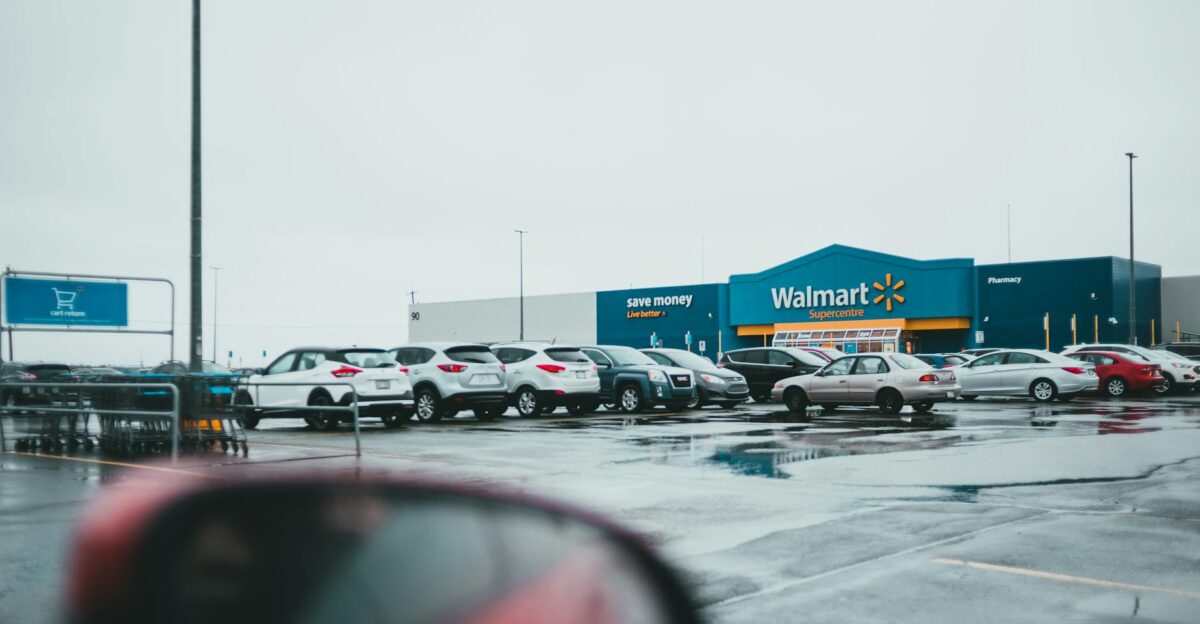
Locked cases at Walmart aren’t just frustrating; they can feel personal. In 2020, the company faced backlash and lawsuits for locking up multicultural beauty products, prompting a nationwide policy change. But the emotional toll lingers. “I’m not going to be shamed into thinking I’m a criminal for just wanting to get a scarf,” one Denver shopper told reporters.
Customers often say these displays feel targeted, especially when they appear split along racial or economic lines. Social media users and retail studies agree: locked items can make shoppers feel watched, not welcomed. This discomfort leads many to abandon purchases or shop elsewhere.
Walmart Tries Tech to Speed Things Up

Walmart now uses smartphone-based unlocking tech in hundreds of stores, letting employees open locked cases via the Me@Walmart app. The system, powered by NFC and managed by InVue Live Access, aims to speed up access to secured items. Though Walmart has considered extending this feature to Walmart+ members, no customer rollout has occurred as of July.
Technical hiccups remain. Employees report frequent app crashes and connection issues, with workarounds like toggling Bluetooth. The app holds a 2.6-star rating, reflecting frustration with reliability. While the tech shows promise, it hasn’t yet solved the delays that frustrate shoppers and staff alike.
Locking Stuff Up Might Be Hurting Sales

Locking up merchandise is proving counterproductive for retailers. During a January 2025 earnings call, Walgreens CEO Tim Wentworth admitted, “When you lock things up, you don’t sell as many of them. We’ve kind of proven that pretty conclusively.” Joe Budano, CEO of anti-theft firm Indyme, reports a 15% to 25% drop in sales for locked items.
Despite tighter security, retail shrink rose to 1.6% in 2022, totaling $112.1 billion. Walgreens saw a 52% increase, prompting more locked cases, though former CFO James Kehoe later conceded they “may have cried too much.” Surveys show up to 27% of shoppers abandon locked items.
Shoppers Are Turning to Amazon Instead
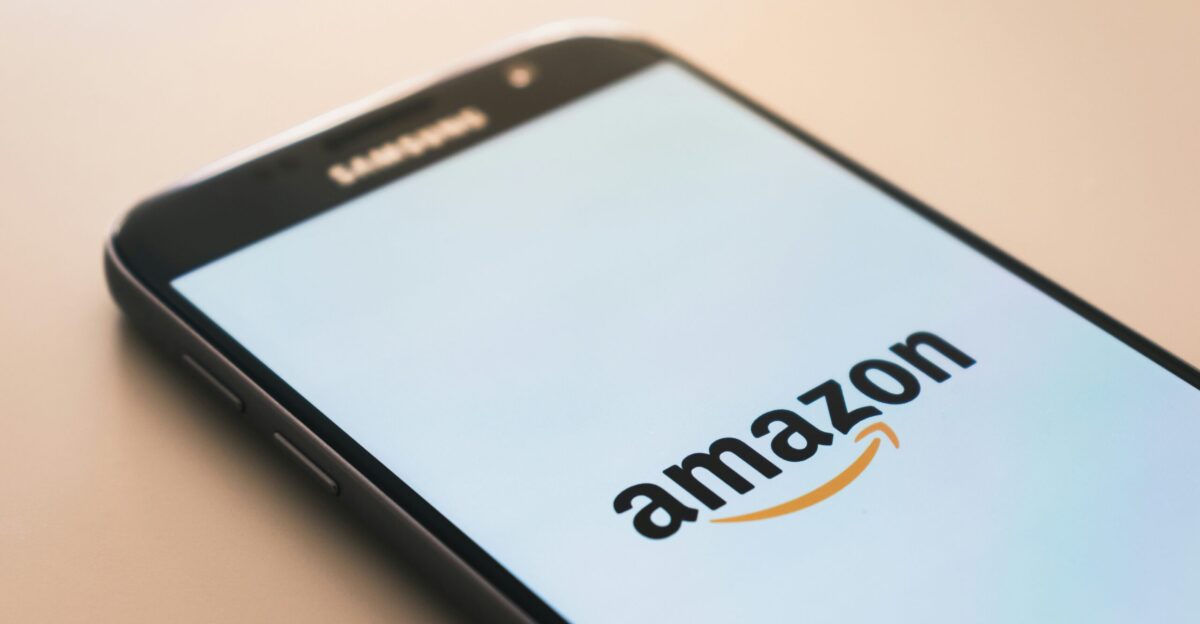
Tired of the hassle, many shoppers are turning to online options. A November 2024 Numerator study of over 5,000 consumers found 27% will switch retailers or abandon purchases when items are locked. Bloomberg Intelligence analyst Poonam Goyal highlights how in-store friction pushes customers online, noting this shift in her published analysis.
Amazon’s dominance is clear: a 2022 Jungle Scout report showed 75% of U.S. consumers bought from Amazon recently, compared to 43% for Walmart.com. More recent data puts Amazon’s U.S. e-commerce share near 38% to 41%, making Walmart’s in-store delays a costly risk.
Retailers Search for a Better Way Forward
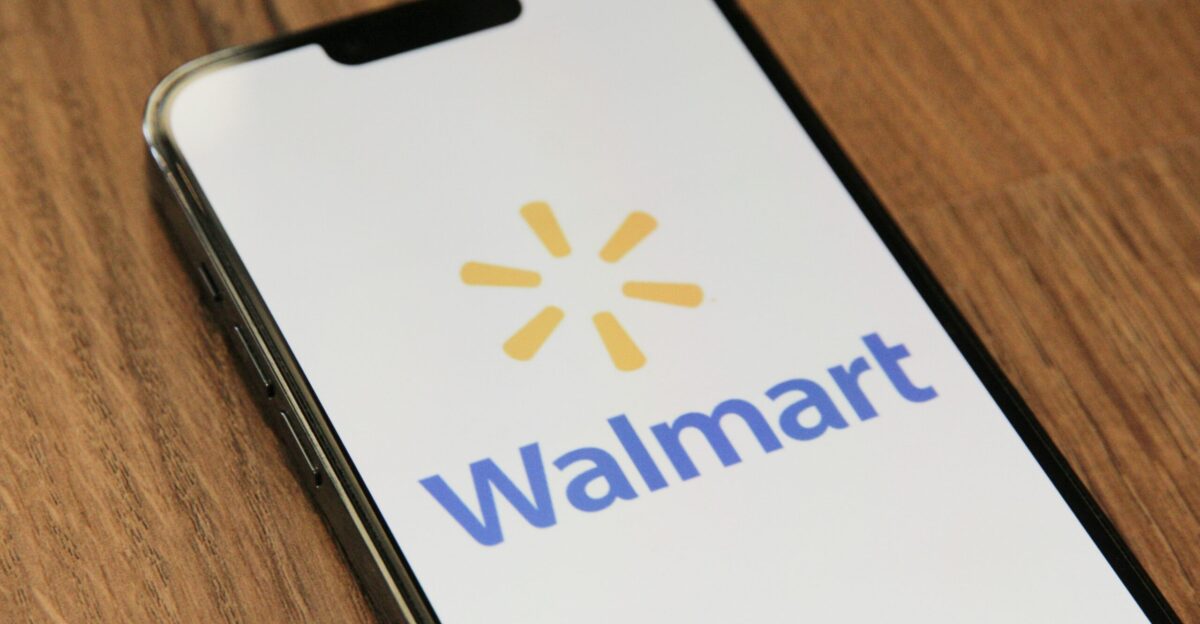
Retailers are now racing to balance safety with convenience. Walmart’s phone-based unlocking system is one idea. CVS is testing something similar, letting ExtraCare members open vitamin cases using their app. The next step could be smart locks that recognize verified shoppers without needing staff help.
Melissa Minkow from CI&T said stores should aim for a shopping experience that feels “welcoming, approachable, seamless, efficient.” Retailers want to stop theft, but not at the cost of loyal customers. With theft losses climbing and shopper frustration growing, stores need to rethink security before they lose more business to faster, easier alternatives.
What This Means for Walmart—and Everyone Else

Walmart’s locked-up items show just how hard retail has become. On one side, there’s rising theft. On the other, customers who want fast, easy shopping. The current fix, locking everything up, is making both sides unhappy. Sales are falling, customers are leaving, and competitors like Amazon are gaining ground.
Walmart is testing new tech to ease frustration, but many shoppers still feel fed up. The future of shopping depends on finding better ways to protect products without ruining the experience. Whether retailers can pull it off will shape how, and where, we all shop in the years ahead.
